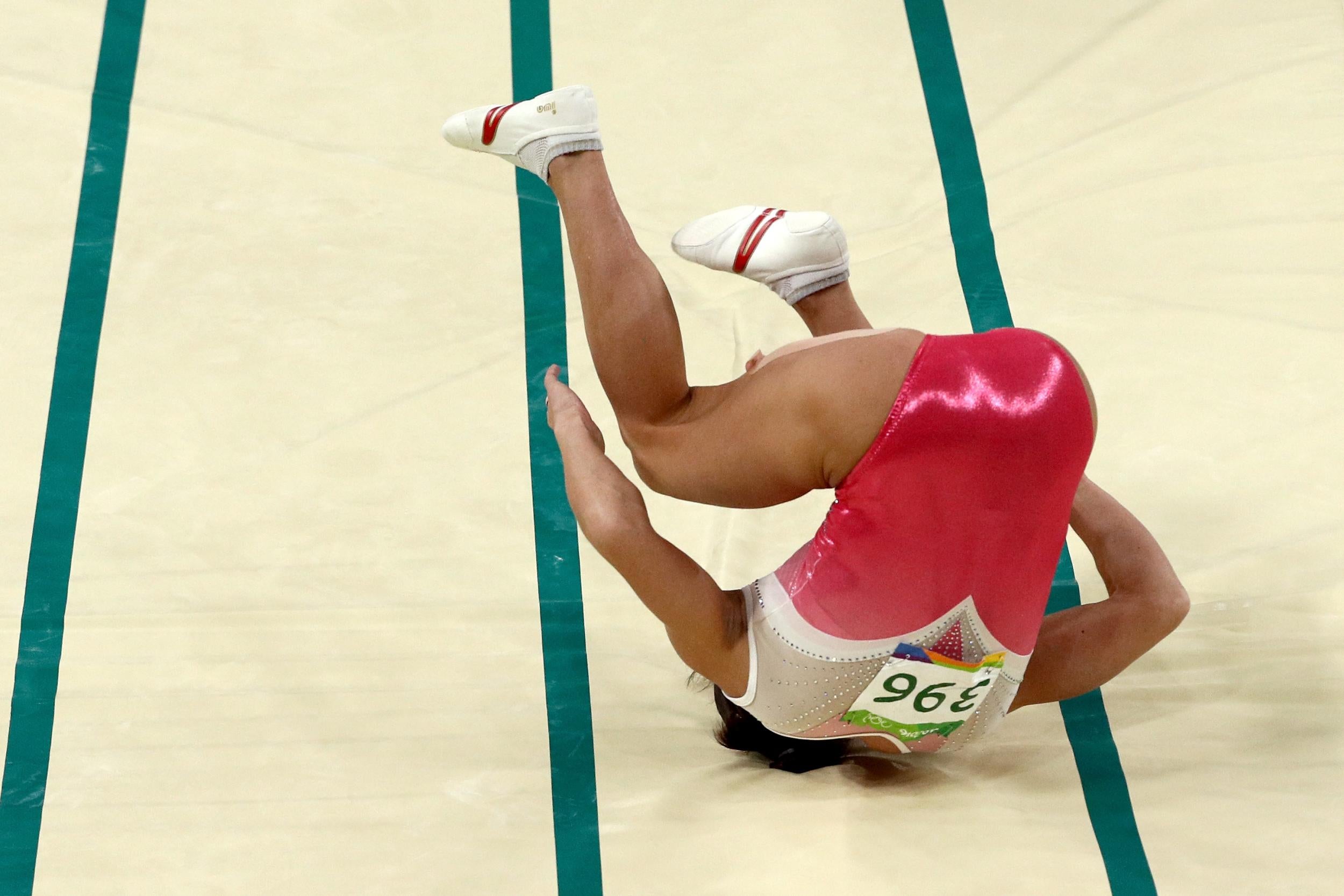Hoping to beat Simone Biles, 41-year-old Uzbek gymnast attempts the ‘vault of death’
The athlete made history at her seventh Olympic Games, becoming the oldest female gymnast ever to compete

Forty-one-year-old Uzbekistan gymnast Oksana Chusovitina was already something of a sensation before she competed in the women's vault competition. She had made history by merely qualifying for her seventh Olympic Games in Rio, becoming the oldest athlete ever to compete in women's gymnastics. But she didn't stop there on Sunday.
In an attempt to upstage her competition, and perhaps make a run at United States sensation Simone Biles -- who is just two years older than Chusovitina's 17-year-old son -- Chusovitina attempted the Produnova, which many have deemed "the vault of death."
While Biles eventually won the gold in the event, as expected, both Chusovitina and India's Dipa Karmakar were celebrated for attempting the terrifying vault Sunday. As The Post's Liz Clarke wrote: "Finishing fourth was Karmakar, who like Chusovitina before her, attempted the so-called Produnova, which demands two-and-a-half somersaults. Neither landed it cleanly, resulting in costly deductions for execution of the risky move."
"The vault is very dangerous," Karmakar told the Wall Street Journal this week. "I say, 'Thank you, I like risk.' "
Introduced in 1999 by legendary Russian gymnast Yelena Produnova, the rare vault involves a front-handspring entry with two front tucks off the table, and its official difficulty score rating is a seven. Only four other gymnasts have ever successfully pulled it off. It has become a story line attached to Biles, who along with her American teammates has said she won't attempt it because of the injury risks involved.
That didn't stop Chusovitina, who first competed in the Olympics in 1992 and at one time was part of the gymnastics team with the U.S.S.R., from attempting the terrifying move during Sunday's final. It didn't go according to plan, although she luckily escaped serious injury. She landed on her shins and somersaulted to her back after the attempt.
Karmakar's attempt at the vault was cleaner -- she landed on her feet in a crouched position and didn't roll -- and it helped her move into second place at that point in the competition. It wasn't enough to earn her a medal, but she'll be remembered at these Games for going all-in with a move most won't attempt.
Washington Post
Join our commenting forum
Join thought-provoking conversations, follow other Independent readers and see their replies
Comments